If you ask a tourist to think about Belgium in terms of travel destinations, they might end up with a short list of highlights, including cities like Bruges, Ghent, Brussels or Antwerpen. Hence, our home country might appear to them as a mere collection of a few beautiful, old cities. I reckon this might be the impression of most tourists that visit Belgium as a stop-over between Paris and Amsterdam (or any other famous travel hotspot in Europe). However, this is a serious misconception.
The cities listed above are all located in the northern region of Flanders, whereas the southern region (Walloon Provinces) is entirely different. Although Belgium isn’t at all well-known for its natural treasures, the south is nevertheless very hilly and forested. It is part of the Ardennes, a western extension of the Eifel mountain range (Germany), a very beautiful area that is ideal for hiking.
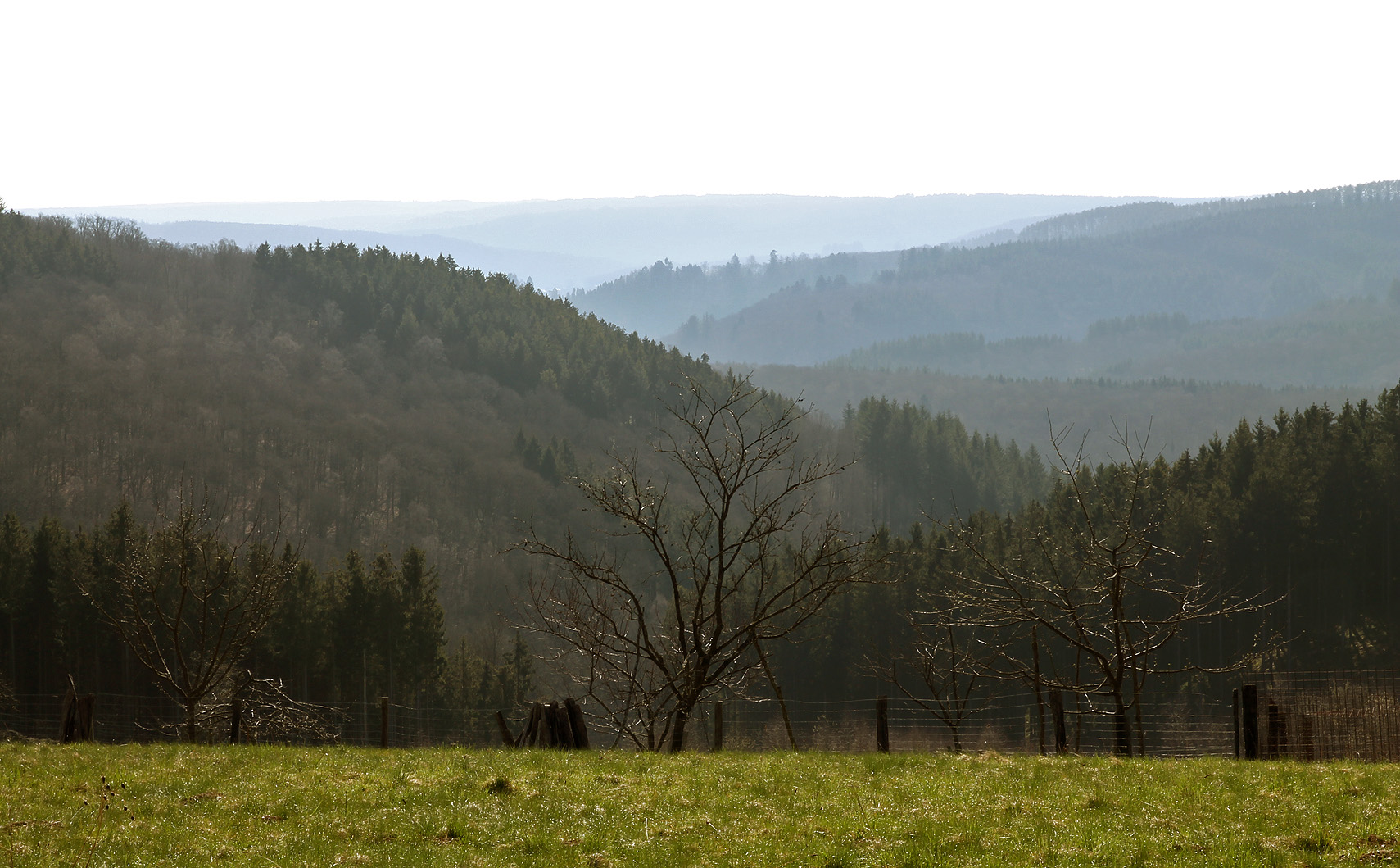
The Ardennes are also very interesting from a geological, archeological and biological point of view. The most famous (half a million visitors a year!) geological phenomenon can be found near the little town of Han-sur-Lesse: the Caves of Han. Over 100000 years ago, the river Lesse forced its way into the limestone massif and crossed it from side to side, only to resurface 2 km further on. In this way, the river contributed to the formation of an extraordinary network of underground caves. The fact that the river still runs through the hills, disappearing underneath and then resurfacing again, is unique in Western Europe.
From the centre of the town, a rather noisy but charming hundred-year-old tram takes you to the entrance of the cave. Tours are in French, Dutch and English, and visitors are grouped accordingly with a guide. A tour of the cave takes around 1h30min (2km). It is a long way, but every chamber, every stalactite, every stalagmites, every columns and every drapery is well worth the effort. From the numerous side-passages and muddy old stairs it is clear that only a small part of the cave is shown and there is much much more beyond the visitor’s eye… We even noticed that the track of the tour has changed over the years.
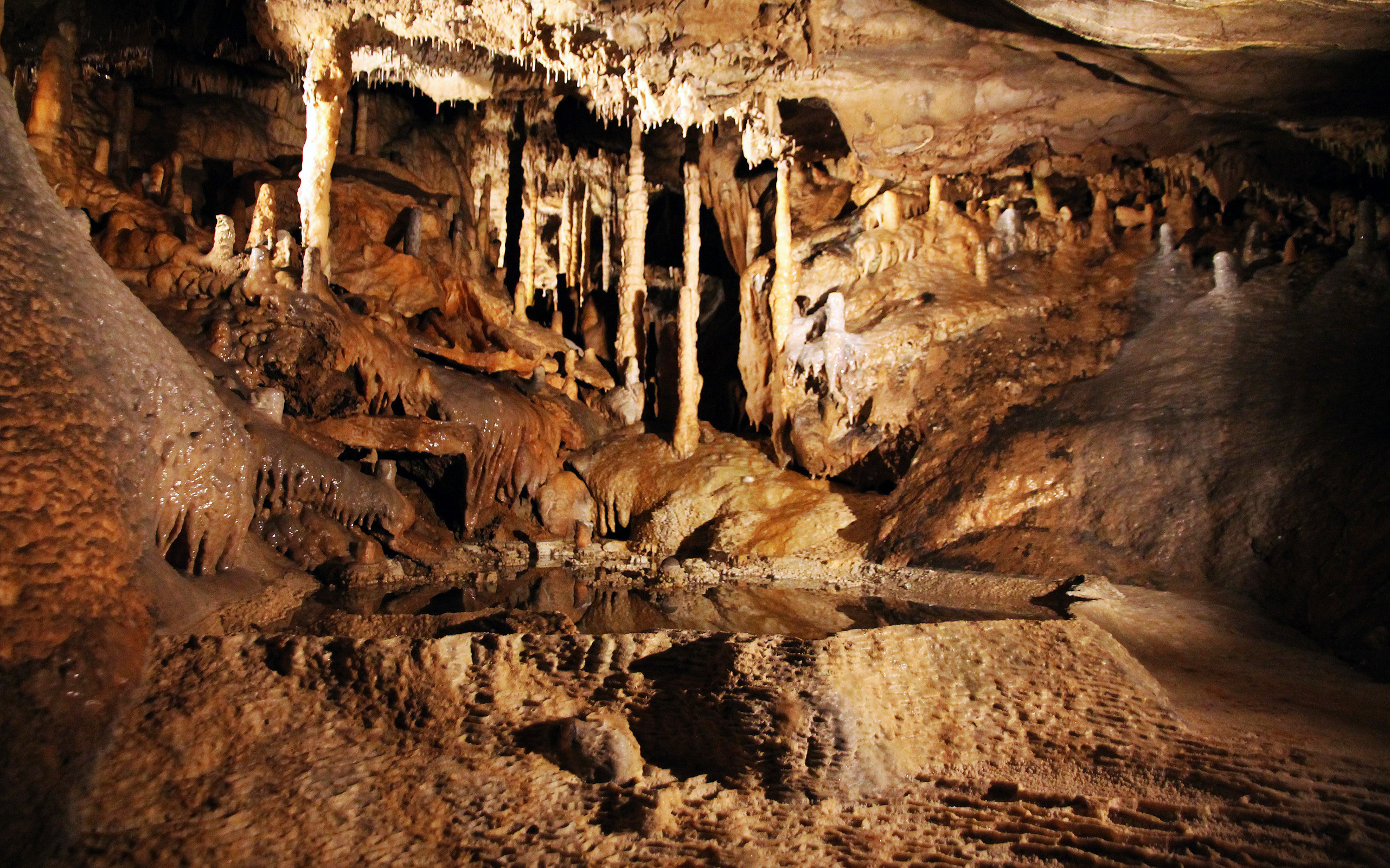
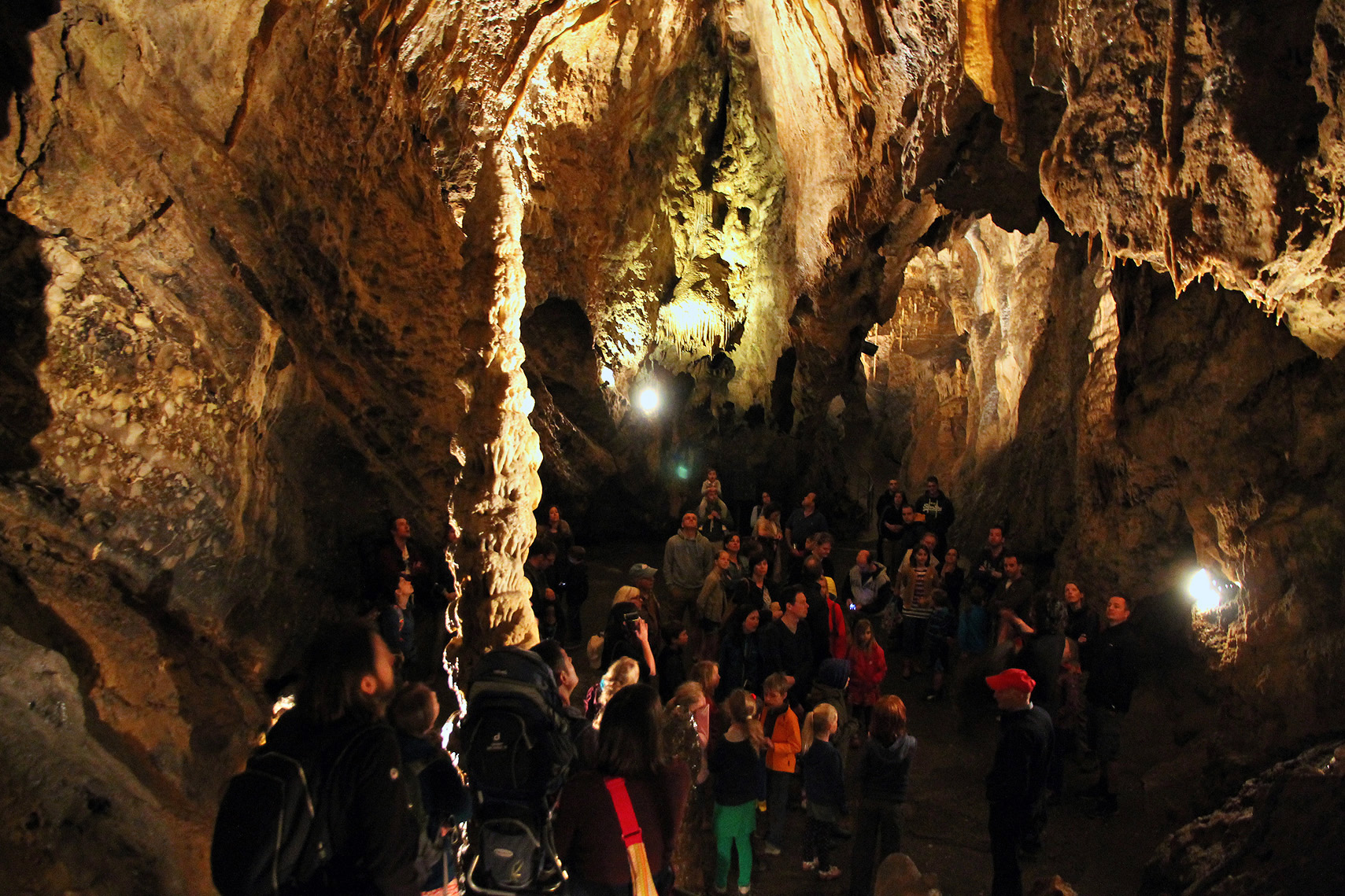
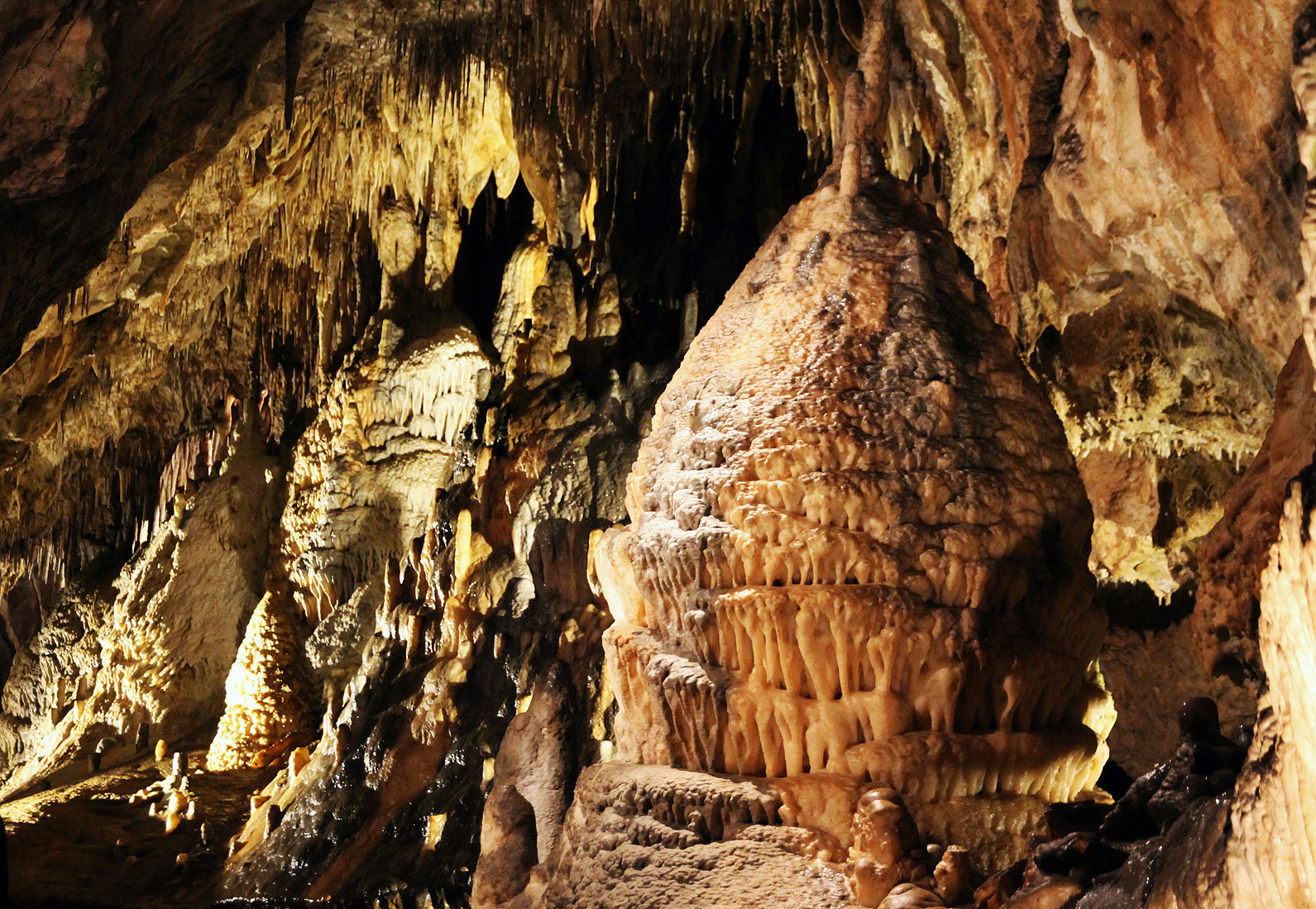
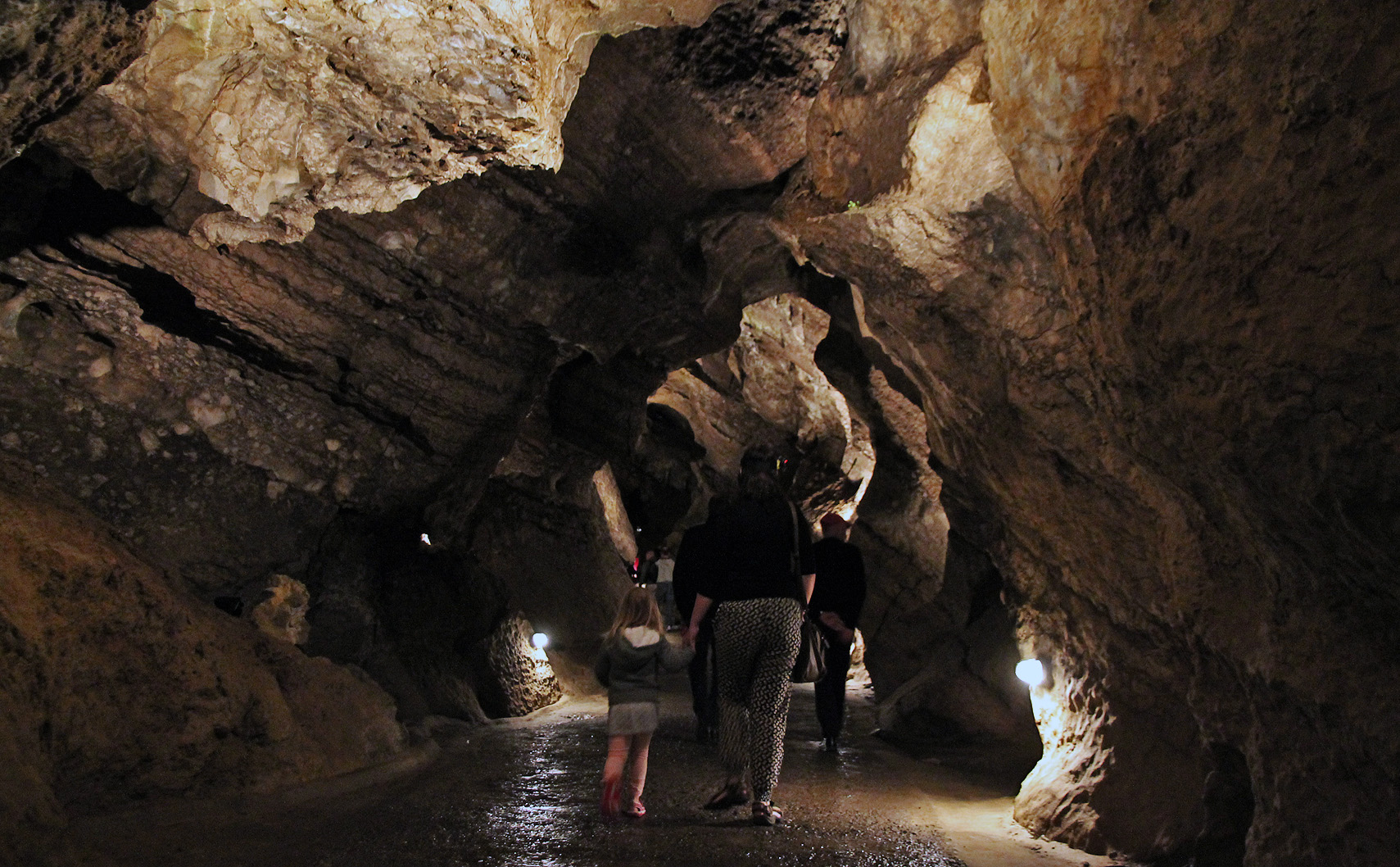
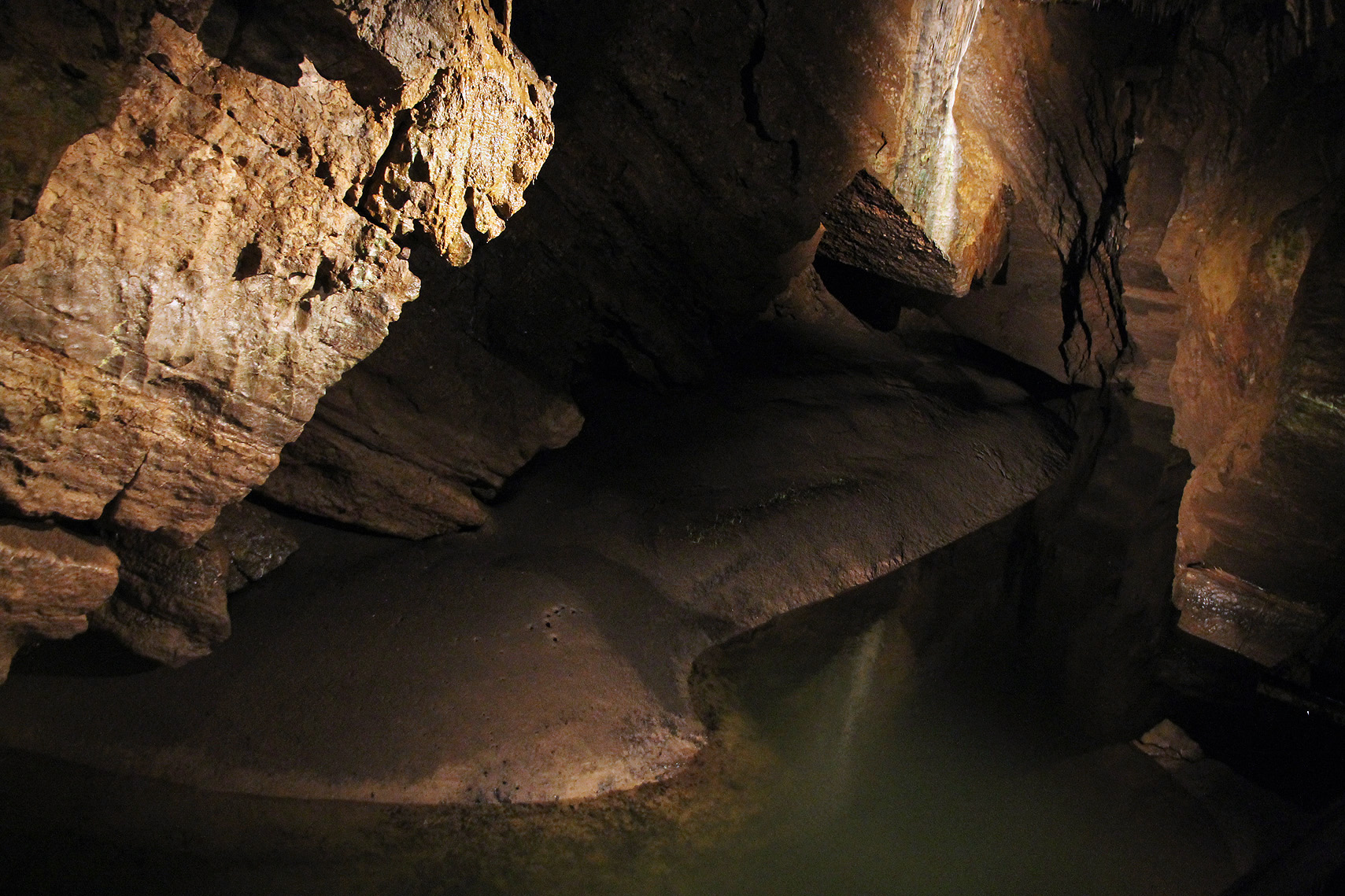
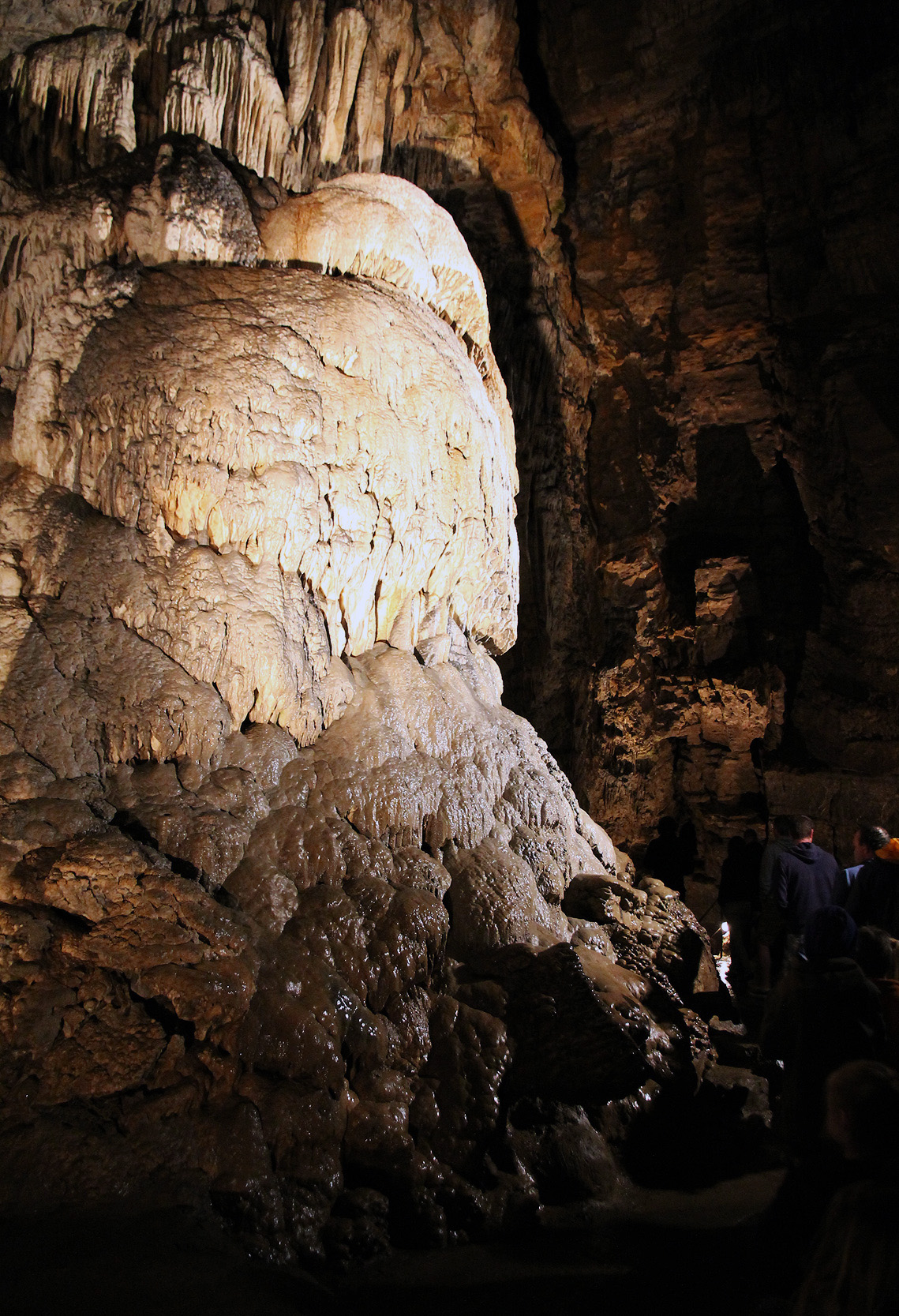
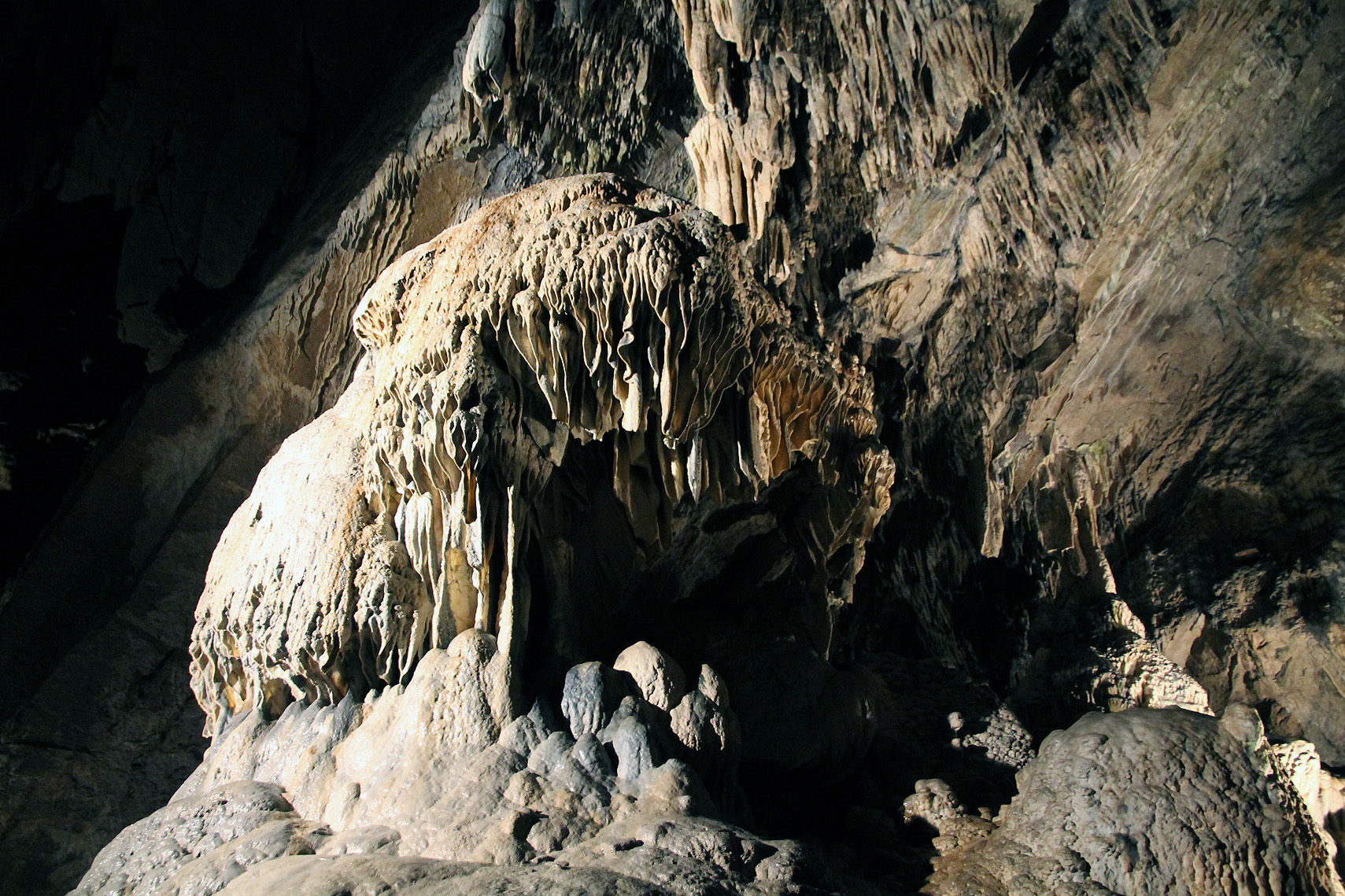

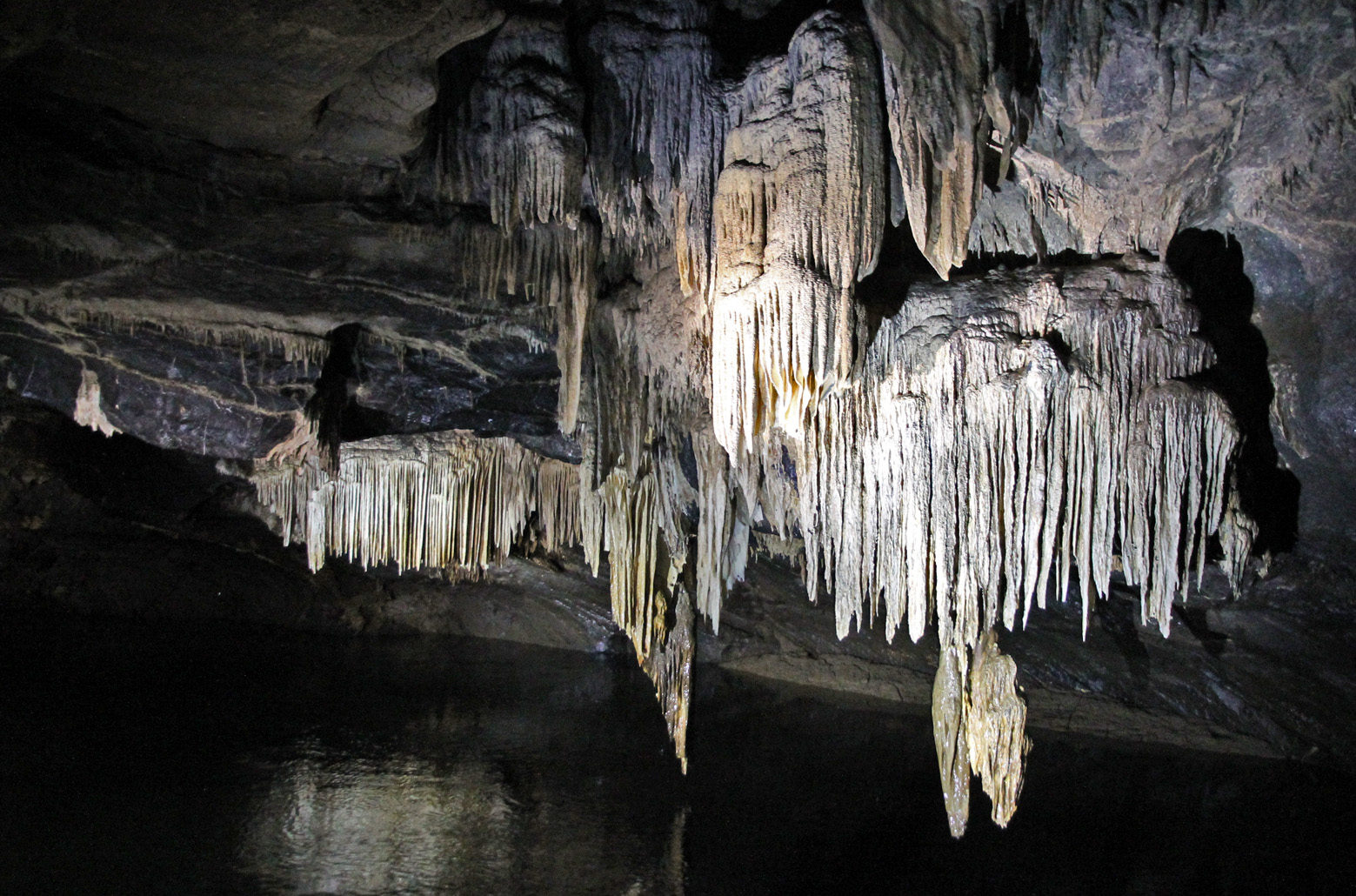
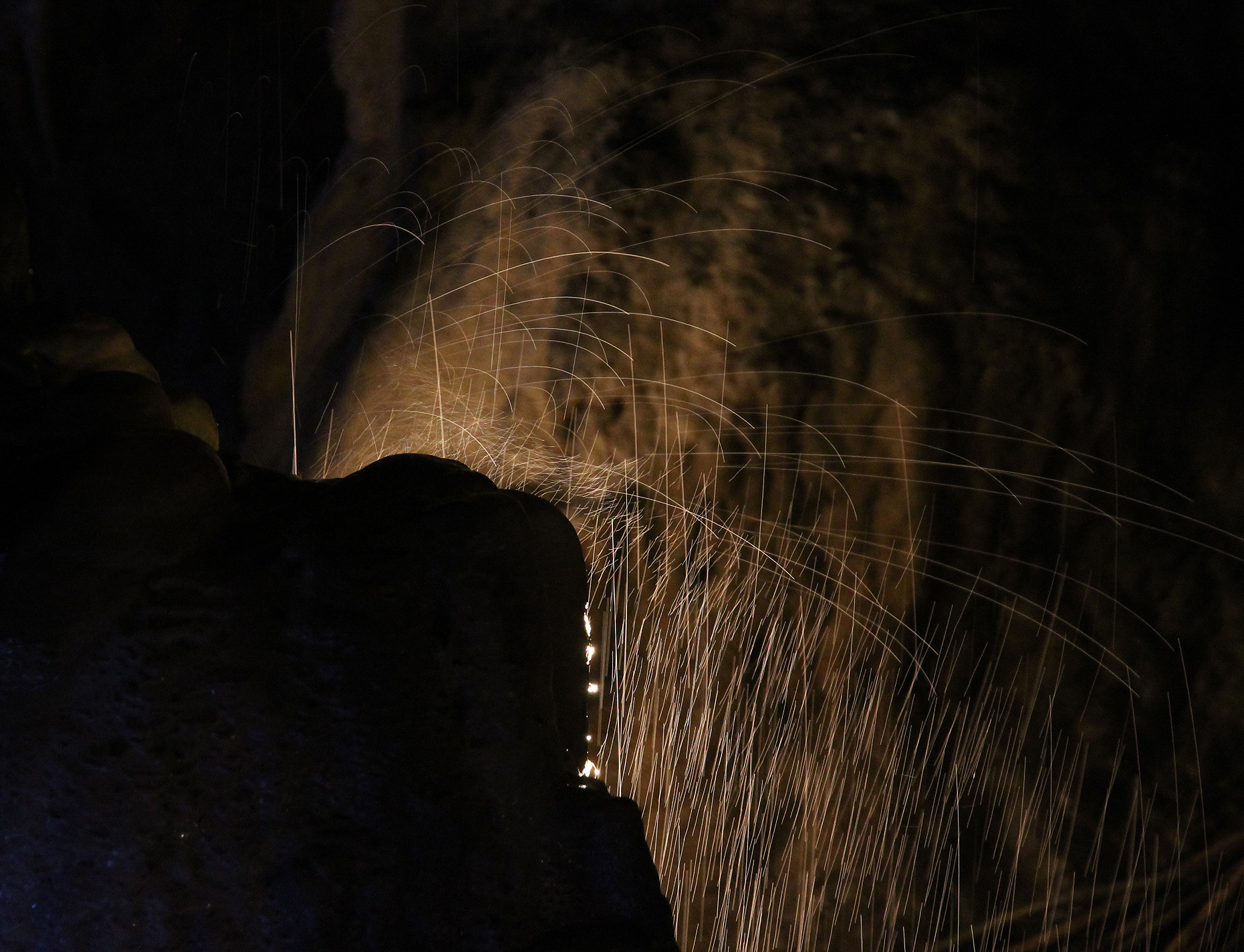
With each room so different from the last and so many highlights to be seen, the long walk is never boring and the entire experience breathtaking. So when you finally see the daylight again, you’ll feel a bit sad, but nevertheless very satisfied…
After tipping the guide (the guides really do a great job so don’t hesitate!), you can pass the outside playground (great for kids: Febe loved it) to go back to the town centre, which is only a 5-minute walk. There are more than enough places to have a bite there.
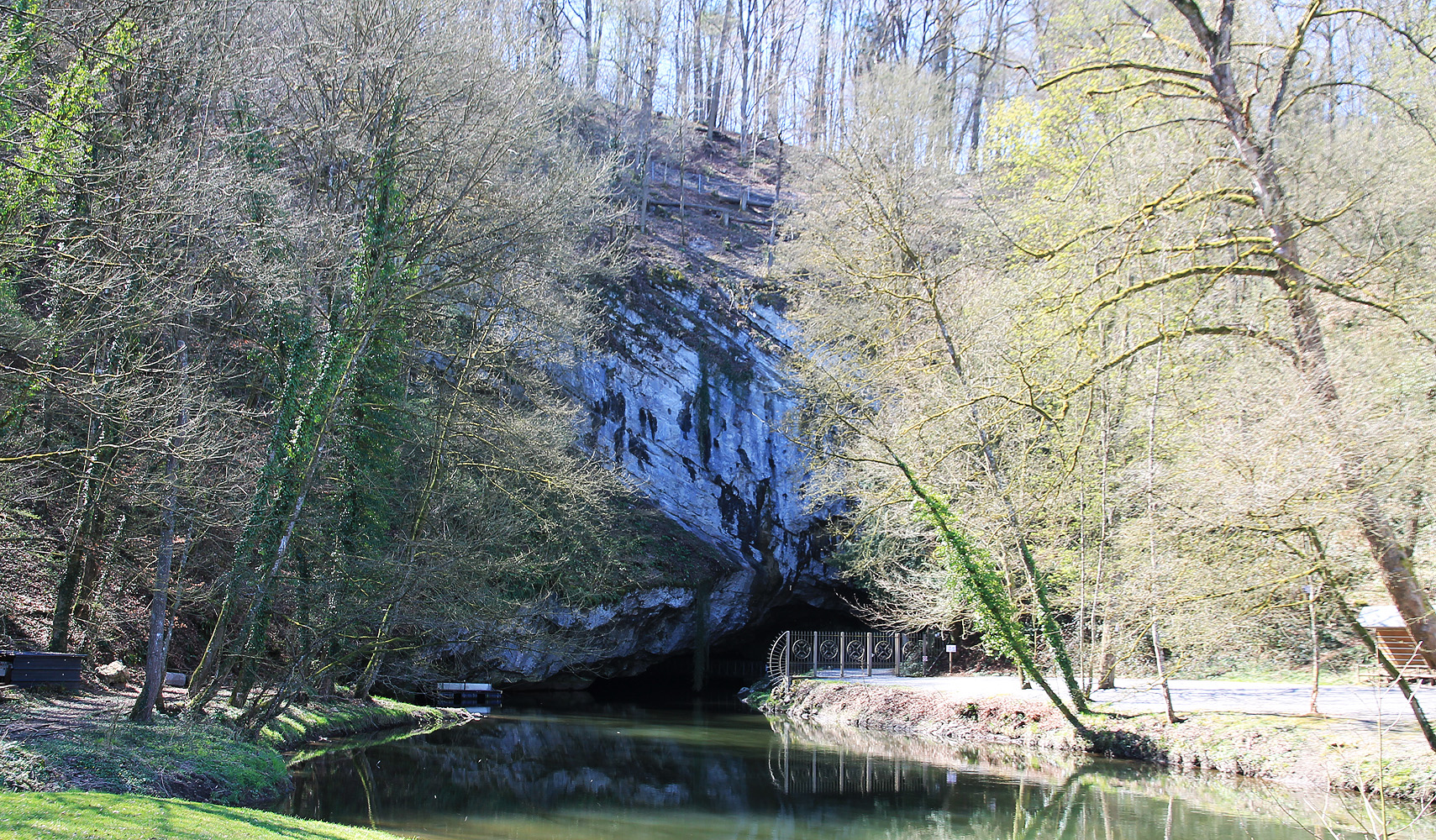
There is an exhibition building (PrehistoHan) close to the playground and a small archeological museum in the city centre, but the real highlight, except for the cave itself of course, is the Wildlife Reserve, a 250 hectare park that shows you present-day, regional fauna in their natural environment, together with some endangered and genetically recreated extinct species (Tarpan, Aurochs). Some animals are roaming freely within the borders of the park, others are kept in captivity.
You can hike through the park on your own or take the tour with an open safari bus (recommended with a small child), which gave me a funny “Jurassic Park” feeling…
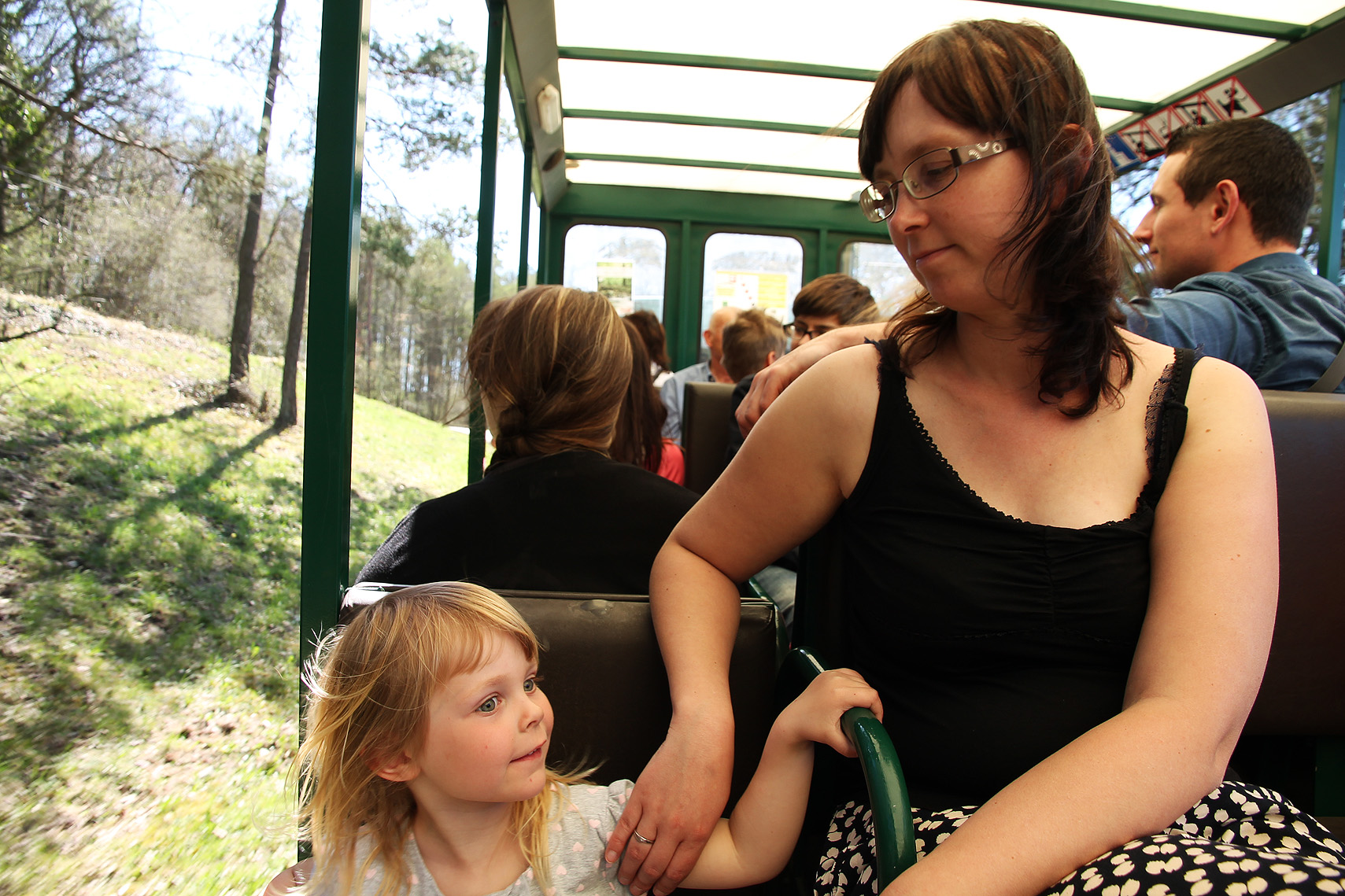
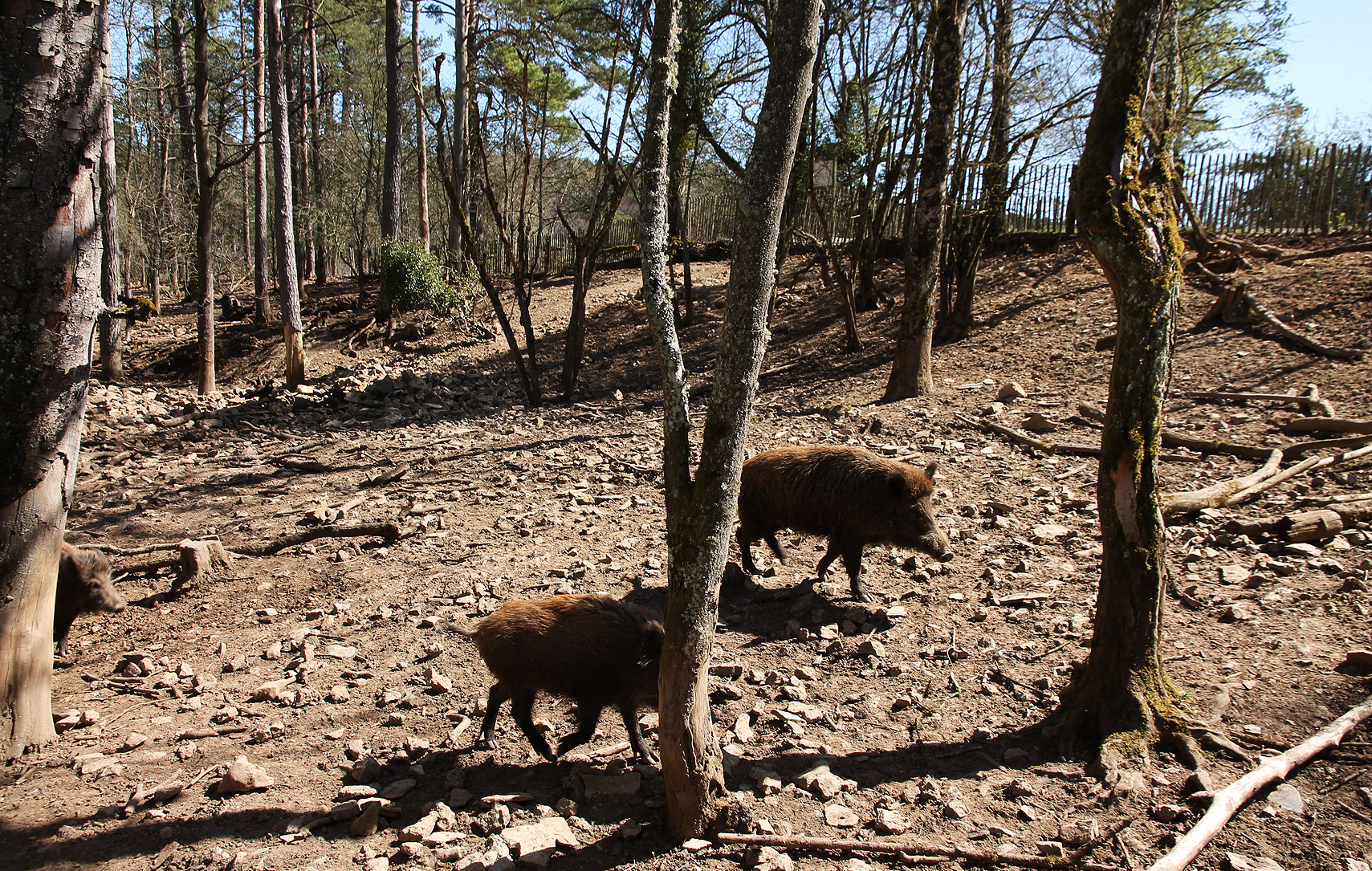
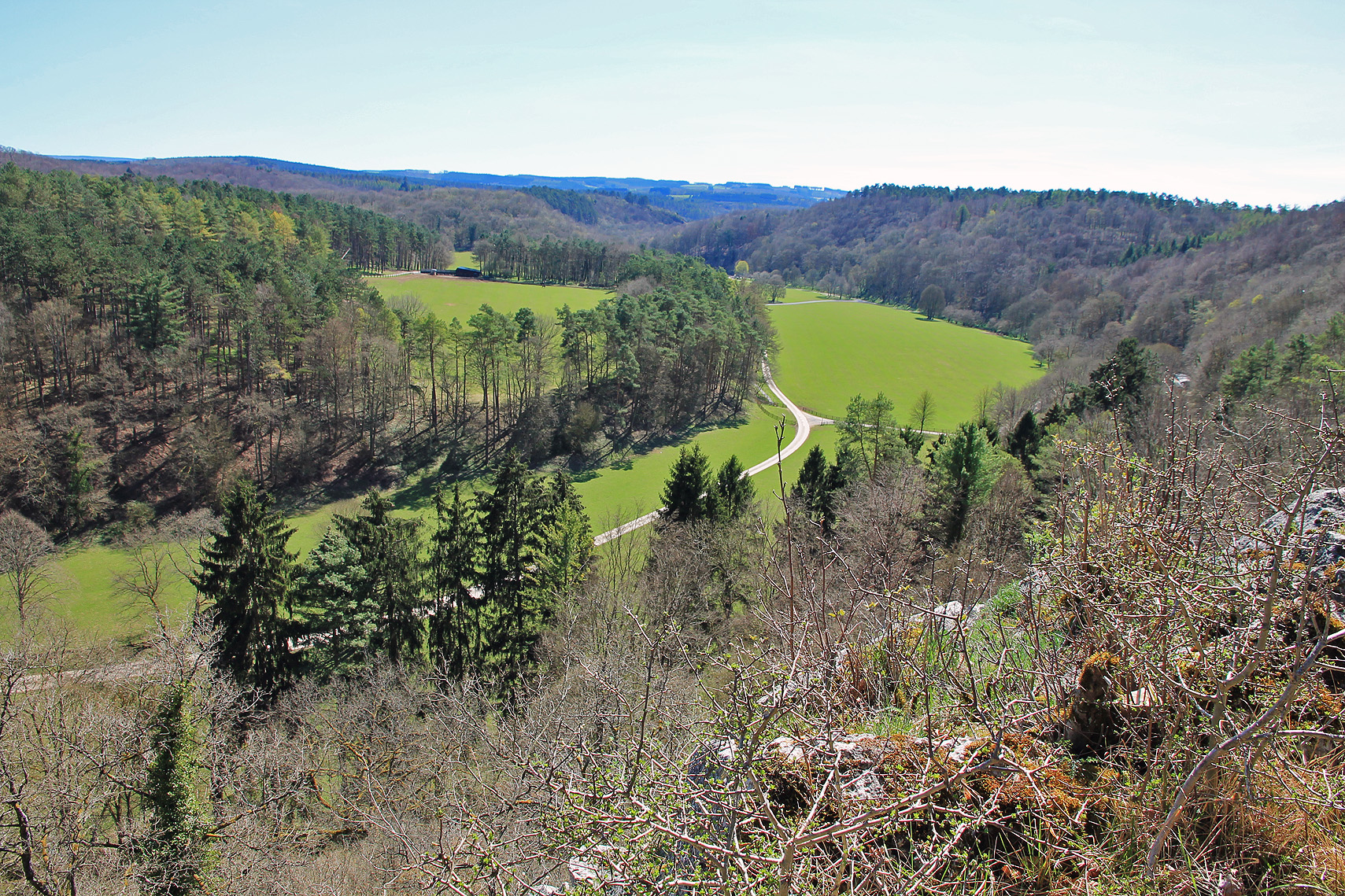
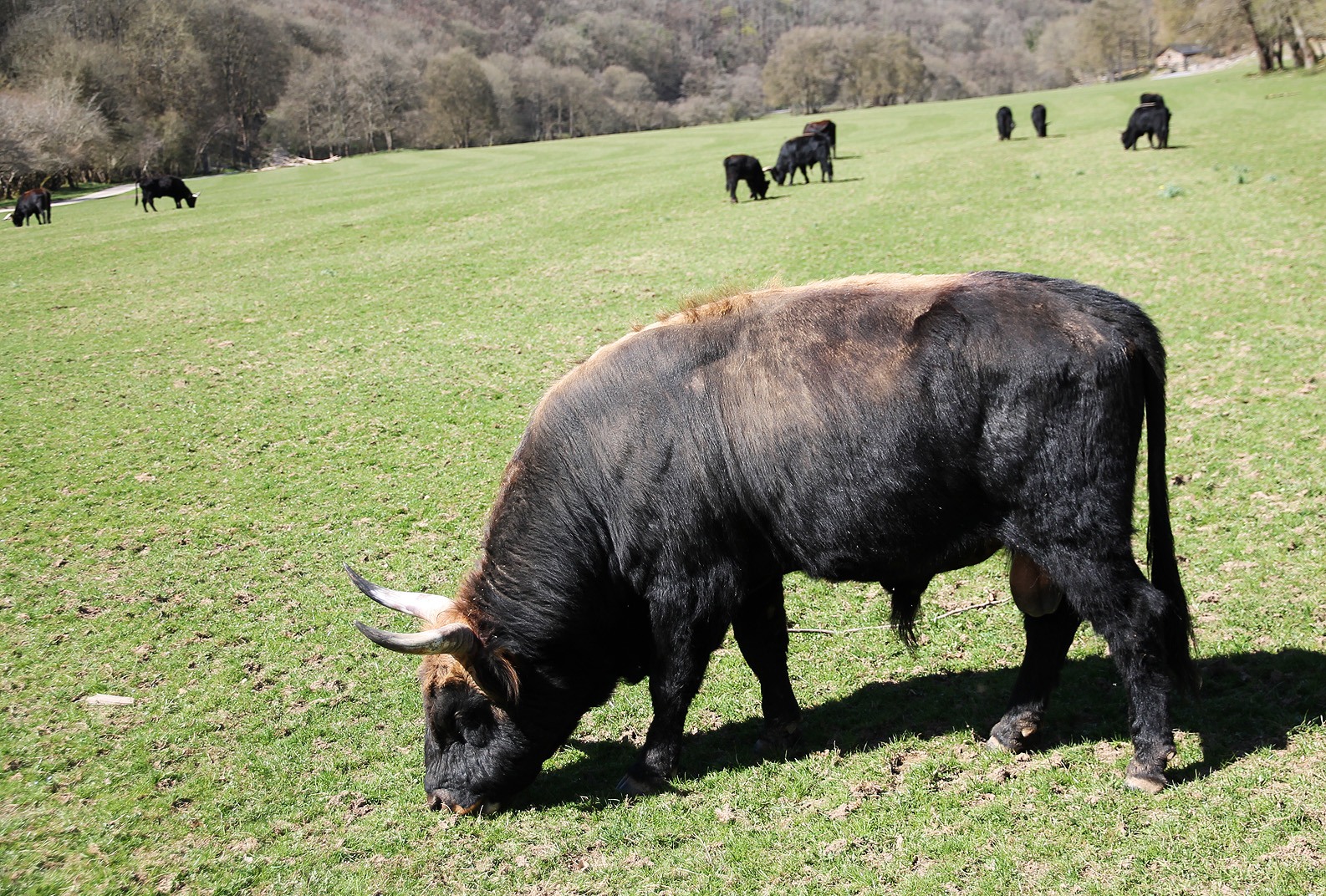

In short, the domain of Han-sur-Lesse is certainly worth a visit when you’re in Belgium or the north of France.
All info can be found on their home page.

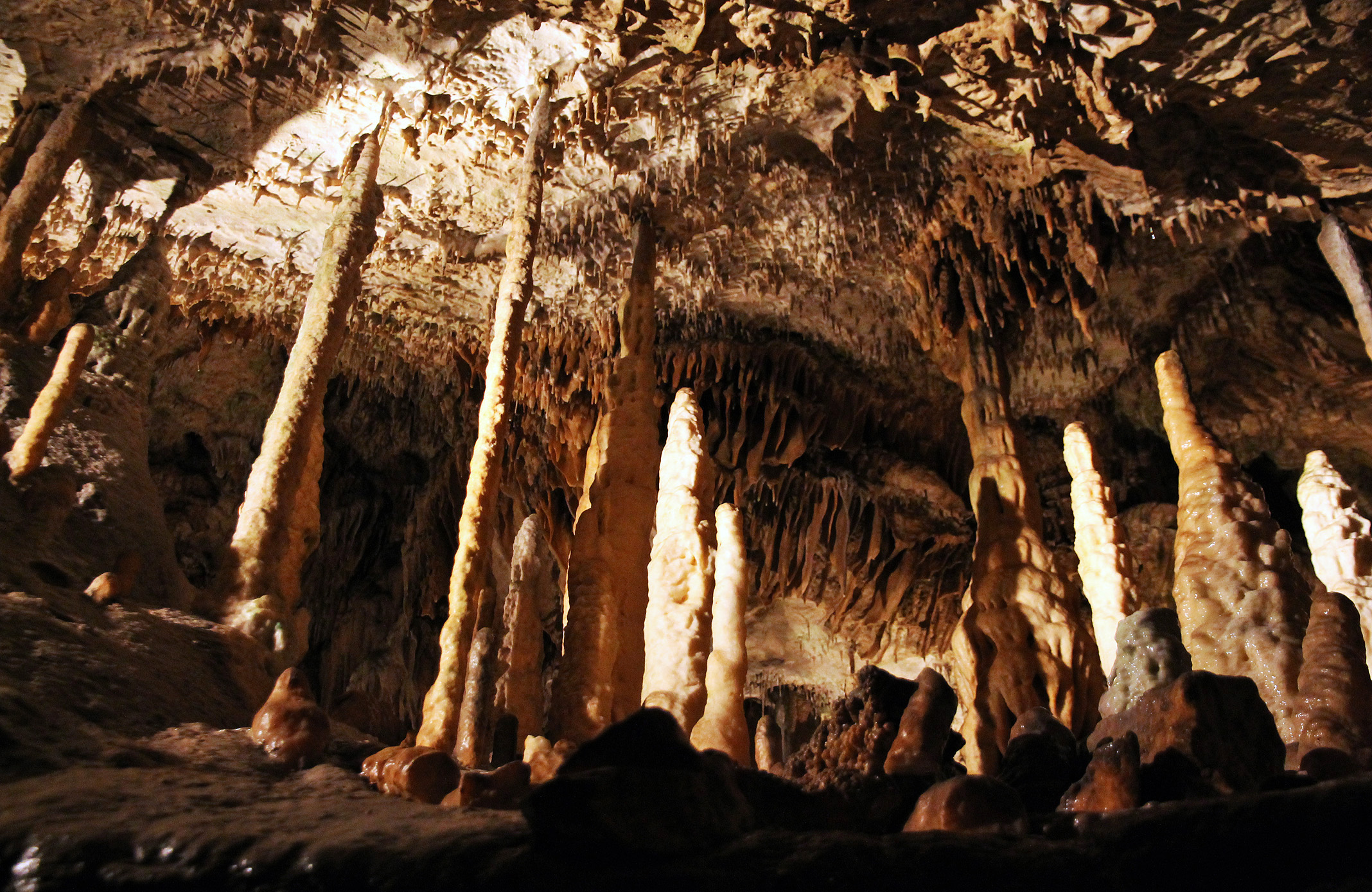
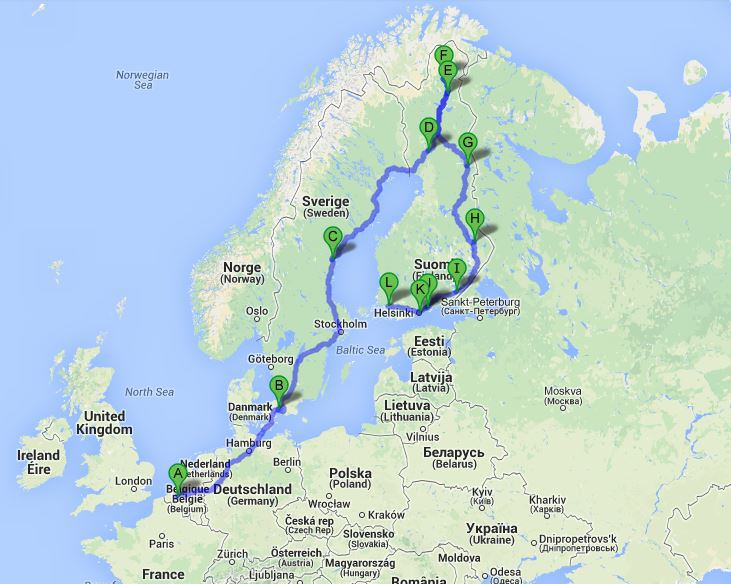

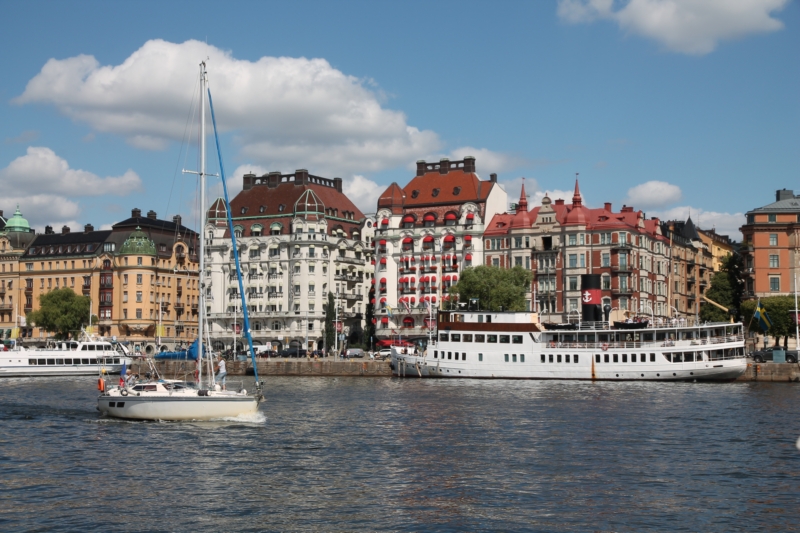
[…] year, we went to the caves of Han-sur-Lesse in our home country (Belgium) and although I’ve been there several times before, I was […]